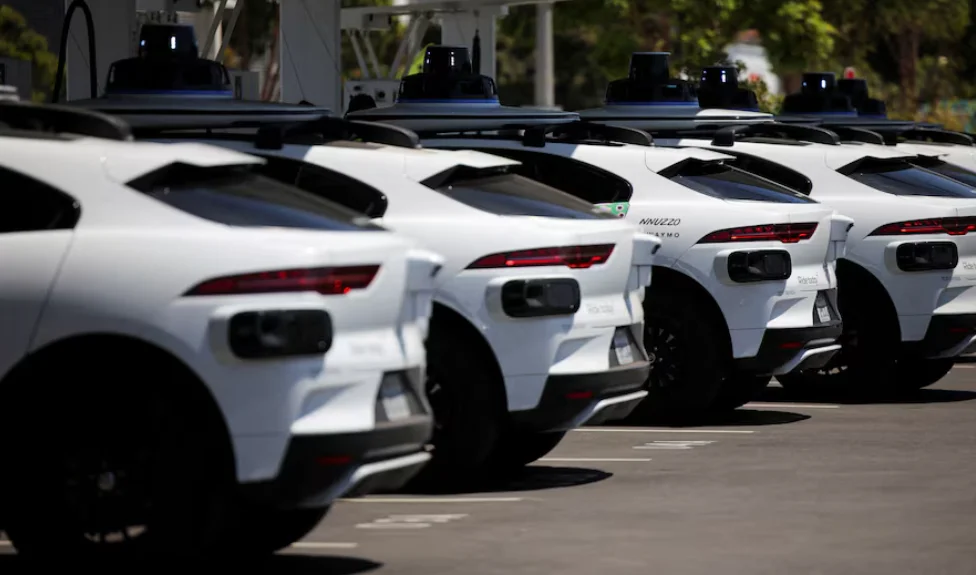Uber and Waymo Expand Self-Driving Ride-Hailing to Atlanta with All-Electric Robotaxis
Uber Technologies and Waymo, Alphabet’s self-driving technology division, have officially launched autonomous ride-hailing services in Atlanta, marking another major step forward in the robotaxi race.
Following the rollout in Austin, Texas, earlier this year, Waymo’s self-driving fleet is now available in Atlanta through the Uber app, covering a service area of 65 square miles (168 square km) across the city.
Dozens of Waymo Vehicles Now Available on Uber in Atlanta
The launch in Atlanta includes dozens of fully autonomous Jaguar I-PACE electric vehicles, with plans to scale up to hundreds of vehicles over time, according to Uber’s previous announcements.
These self-driving cars are available to Uber riders at standard UberX, Uber Comfort, or Uber Comfort Electric rates. However, passengers riding in a Waymo vehicle will not be prompted to tip—one of several distinctions from typical human-driver rides.
“Waymo’s fully autonomous fleet is a game-changer for Uber’s platform,” said an Uber spokesperson. “We’re thrilled to bring this next-generation transportation experience to Atlanta.”
Key Details of the Atlanta Robotaxi Service
- Vehicle Type: All-electric, fully autonomous Jaguar I-PACE
- Coverage Area: 65 square miles of surface streets in Atlanta
- Pricing: Equivalent to UberX, Comfort, or Comfort Electric
- Tipping: Not available in Waymo rides
- Availability: Launching with dozens of vehicles, with plans to scale
This collaboration builds on the September 2024 announcement by Uber and Waymo and further solidifies their joint commitment to scalable autonomous mobility.
Waymo’s Expanding Self-Driving Footprint
Waymo currently operates more than 1,500 autonomous vehicles that provide over 250,000 rides weekly across:
- San Francisco
- Los Angeles
- Phoenix
- Austin
The company is also conducting autonomous testing on highways in California and Arizona for employees and has submitted an application to the New York City Department of Transportation for testing with human safety drivers in Manhattan starting next month.
Additionally, Waymo announced plans to launch fully autonomous public ride-hailing in Washington, D.C., by 2026.
A Shift in Uber’s Self-Driving Strategy
Uber’s current autonomous strategy relies on partnerships, following the sale of its self-driving division to Aurora Innovation in 2020. This pivot came in the wake of the 2018 fatal accident involving a self-driving Uber vehicle, which led to increased regulatory scrutiny.
The backup driver in that incident pleaded guilty in 2023 and received a sentence of probation, according to Arizona prosecutors.
By outsourcing autonomy to partners like Waymo, Uber is now able to focus on scaling rideshare services while reducing overhead risks, particularly in areas like autonomous technology development and safety compliance.
Final Thoughts
The launch of Waymo-powered robotaxis in Atlanta marks a milestone for autonomous mobility in the U.S. and offers consumers a convenient, electric, and self-driving experience through the familiar Uber app. As both companies continue to scale across major metro areas, the future of urban transportation is being rewritten, one autonomous ride at a time.












